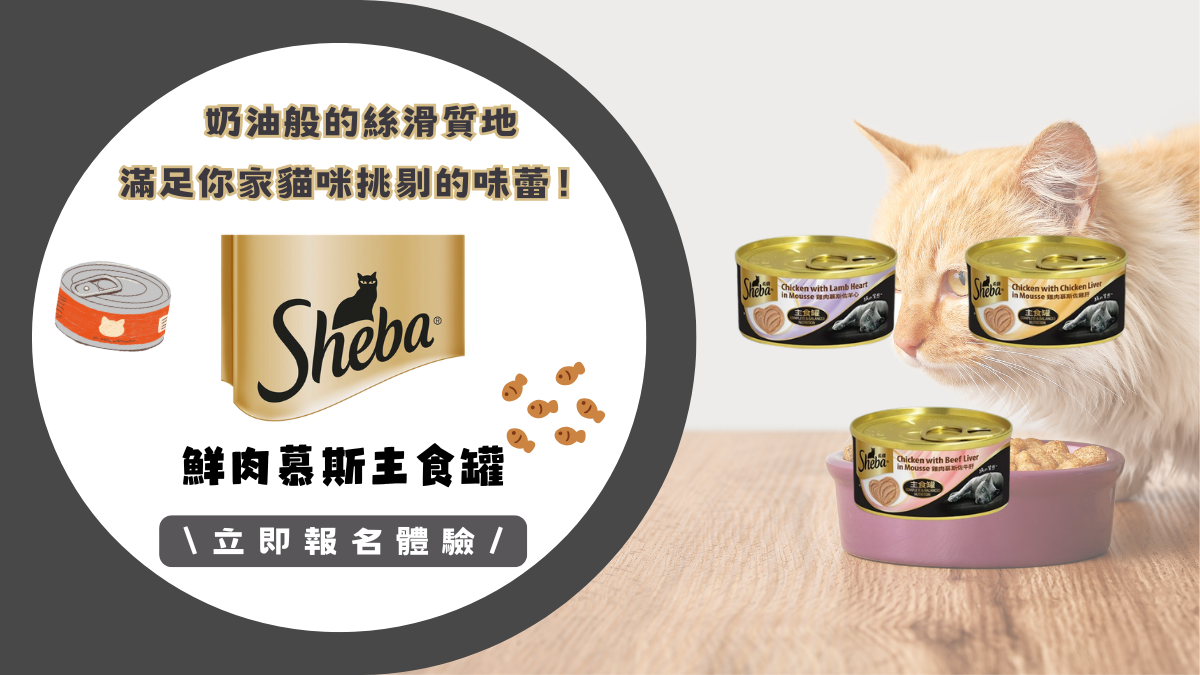中華白海豚/Chinese White Dolphin

中華白海豚又稱印度太平洋駝背豚,學名Sousa Chinensis,屬於駝海豚種(Humpbck dolphin species), 是80種鯨類的一種。
成年的中華白海豚通常是白色或灰色的。生活在中國沿海的海豚族群非常的獨特,他們的皮膚是粉紅色的。
呈現粉紅色的皮膚並不是色素造成,而是血管,血管可以適時調節海豚體內的溫度。
中華白海豚的嬰兒身長大約1公尺,成年以後會長到2-3.5公尺長。成年的中華白海豚體重約在150-230公斤,而壽命大概是40年。
海豚的年齡可以由牙齒判定。
中華白海豚生活在東南亞,但在南非到澳洲一帶進行交配繁殖。
中華白海豚共有二個亞種,以蘇門答臘島和印度尼西亞島嶼做為分界線,分界線的兩邊分別居住著中華白海豚和其西方的亞種,也就是灰白海豚(Sousa chinensis plumbea)。
這二個亞種是以身上的顏色和背鰭的大小區別。
在東南亞發現的亞種有粉紅色的皮膚,和較大的背鰭,但卻缺少了分布在南非和澳洲海豚一樣的肥厚的駝背。
中華白海豚在出生的時候是黑色,然後變成灰色,在他們年青的時候會變成粉紅色並出現斑點,而當他們成年皮膚呈現白色。
行為Behavior
中華白海豚每次游出水面呼吸20-30秒,然後即潛入深海中。
幼豚浮出海面呼吸的次數是成豚的2倍,這是因為幼豚的肺容量比成豚要小。
成豚能潛在水底2-8分鐘,而幼豚只能待在水底1-3分鐘。但是成豚很少會待在水底超過4分鐘。
他們有時候會跳出海面,讓整個身體都暴露在空氣中。
除了跳出海面,中華白海豚也會垂直的躍出海面,讓前半段身體露出海面。
他們有一對突出的眼睛,讓他們在海水或陸上都能看得非常清楚。
繁殖周期Reproductive cycle
中華白海豚是社交性很強的動物,通常3-4隻生活在一起。
雌性達到成熟大約10縱,雄性則要到13歲才成熟。
中華白海豚交配的季節通常在夏末及秋天。
海豚媽媽懷孕11個月便可產下海豚寶寶。
成熟的白海豚每3年可以再懷孕產下小海豚,小海豚生下以後,海豚爸爸及媽媽會照顧小海豚直到他們可以獨立找尋食物。
海豚觀賞Dolphin watching
12年來,Hong Kong Dolphinwatch持續經營出海搭船觀賞中華白海豚的行程。這些海豚主要住在大嶼山北方及東南方,索罟群島和坪洲的海域。
這些觀察海豚的行程由Hong Kong Dolphinwatch執行,執行過程嚴格的遵守海豚觀察活動實施辦法(the Code of Conduct for Dolphin Watching Activities),而主要的目的是為了提昇香港居民對海豚的關心及了解。
Hong Kong Dolphinwatch將10%利潤用在香港水上活動集團(HK's Water Action Group)的「和地球做朋友」(Friends of the Earth)研究計劃中,這個公益集團主要的目標在提高公眾對香港海岸環境的認識。
最近有一些報告指出,觀賞中華白海豚的行程已經深深的危及海豚的生態。
然而,這一般都是小的地方組織一次性的旅遊行程或是私人的遊艇沒有遵守香港農漁署的「海豚觀察活動實施辦法」(the Code of Conduct for Dolphin Watching Activities)。
這個實施辦法的原則是,保持一定距離觀察海豚,不要試圖和海豚有身體上的接觸,不可以餵食或是傷害他們。另外,船速必需保持緩慢且穩定,不可超過10海浬;船身保持與海豚行進方向平行。
廣東俗話的起源Origin of a Cantonese slang expression
廣東俗話稱中華白海豚為「烏忌白忌」,意謂著壞預兆或麻煩的事。
這個稱呼起源於廣東漁民,他們表示海豚會吃掉他們網子裡的漁獲。
然而,在正統的中文中,中華白海豚被稱做「烏鱀白鱀」,「鱀」在傳統的古漢字代表著海豚,「烏」則指的是黑色的江豚,「白」指的是白鱀豚(Chinese River Dolphin)。而這二種海豚常常打斷、破壞漁民的補魚活動。
隨著時間的流逝,因為海豚的發音聽起來像「壞運氣」,這個稱呼的意義也就改變了。
但是在廣東話裡的「烏」指的卻是初生的黑色的中華白海豚,而「白」指的是白色成年的中華白海豚。
會出現「忌」與「鱀」用法不同的原因,推測是因為香港並沒有白鱀豚的存在。
現在海豚再也不被稱為「鱀」,而逐字的解釋,豚是豬的意思,所以海豚也被稱為海豬。
文字及圖片來源:維基百科。
http://zh.wikipedia.org/wiki/%E4%B8%AD%E8%8F%AF%E7%99%BD%E6%B5%B7%E8%B1%9A
若有侵犯智慧財產權,請即刻告知,本翻譯文章供英文不佳學生參考用,無商業用途。
原文引述如下:
Chinese White Dolphin
The Chinese White Dolphin (Indo-Pacific Humpback Dolphin, Sousa chinensis chinensis; traditional Chinese: 中華白海豚; pinyin: Zhōnghuá bái hǎitún ) is a Humpback dolphin species, one of eighty cetacean species. An adult is white or grey. Uniquely, the population along the Chinese coast has pink skin.[2] Pink skin is not pigment, but blood vessels for thermoregulation. The adult's body length is 200 - 350 centimetres and the infant's body about 1 metre. An adult weighs 150 to 230 kg. A Chinese White Dolphin lives 40 years. (Age can be determined by teeth.)
The Indo-Pacific dolphins are in Southeast Asia, and they breed from South Africa to Australia. There are two subspecies, with Sumatra, one of the Indonesian islands, as the dividing line between the Chinese and the Western subspecies, Sousa chinensis plumbea. The two subspecies differ in color and dorsal fin size. The subspecies found in Southeast Asia has pinkish white skin and a larger dorsal fin but lacks the fatty hump of South African and Australian relations.
At birth, the dolphins are black. They change to grey, then pinkish with spots when young. Adults are white.
Behavior
Chinese White Dolphins swim to the water surface to breathe every twenty to thirty seconds and after that, they will dive into deep water again. A calf dolphin surfaces from the water twice as much as an adult. This is because calves have a smaller lung capacity than an adult dolphin. Adult dolphins can stay underwater for about two to eight minutes but a calf can only stay underwater for one to three minutes. Adult dolphins rarely stay under water for more than four minutes.
They sometimes jump out of water and expose their whole body. Besides jumping out of water, White Dolphins also come up vertically out of the water, exposing the front half of their body. They have a pair of protruding eyes and they can see clearly in both air and water.
Reproductive cycle
Chinese White Dolphins are sociable creatures and live in groups of three to four. Female white dolphins become mature at ten years old while the males become mature at thirteen years old. The Chinese White Dolphins usually mate from the end of summer to autumn. Infant dolphins are usually born eleven months after the mating. Mature female white dolphins can give birth every three years and the parental care will last until their offspring can find food themselves.
Dolphin watching
Hong Kong Dolphinwatch has been running boat trips to visit the Chinese White Dolphins for the past twelve years. The dolphins mainly live in the waters of Lantau North, Southeast Lantau, the Soko Islands and Peng Chau. The trips run by Hong Kong Dolphinwatch are done primarily with the purpose of raising awareness amongst Hong Kong residents regarding the dolphins, and the operation strictly adheres to the Code of Conduct for Dolphin Watching Activities. Ten percent of the profits of the organization goes into research for Friends of the Earth (HK)'s Water Action Group, which is a charity aimed to raise public awareness of Hong Kong's coastal environment (see Environment of Hong Kong).
There have been some recent reports of dolphin watching practices that have further endangered the Chinese White Dolphins. However, these generally are small locally organised one-off tours or private pleasure boats that do not adhere to the Hong Kong Agricultural and Fisheries Department's voluntary Code of Conduct for Dolphin Watching Activities. The basic principles of these codes of conduct are: always observe the dolphins from a distance, and not attempting to physically contact, feed or harm the dolphins. Additionally, boats should maintain a slow and steady speed, not exceeding 10 knots; and the boat should always maintain a parallel movement to the dolphin's course [3].
Origin of a Cantonese slang expression
The Cantonese has a slang expression "Wu Gei Bak Gei" (often written as 烏忌白忌, lit. "black taboo white taboo") which means someone being a bad omen or a nuisance etc. The phrase originates from the Cantonese fisher people, because they claim that the dolphins eat the fish in their nets.
However, in proper Chinese, it should be written as 烏鱀白鱀, with the "Gei" originally in olden Chinese, means dolphins. The "Wu" referring to the finless porpoises, which are black, and the "bak", white, referring to Chinese River Dolphins. These two species often interrupt and ruin the fishermen's catch. As years passed, because "dolphin" sounds the same as "bad luck", the meaning of the phrase changed. However, in Cantonese, the "wu" refers to the calves of Chinese White Dolphin and "bak" refers to the adults. Note that River Dolphins (Baiji) do not exist in Hong Kong. Nowadays, dolphins are not called "gei" anymore, but 海豚 (Hoi tuen), literally meaning "Sea pig".


 留言列表
留言列表


